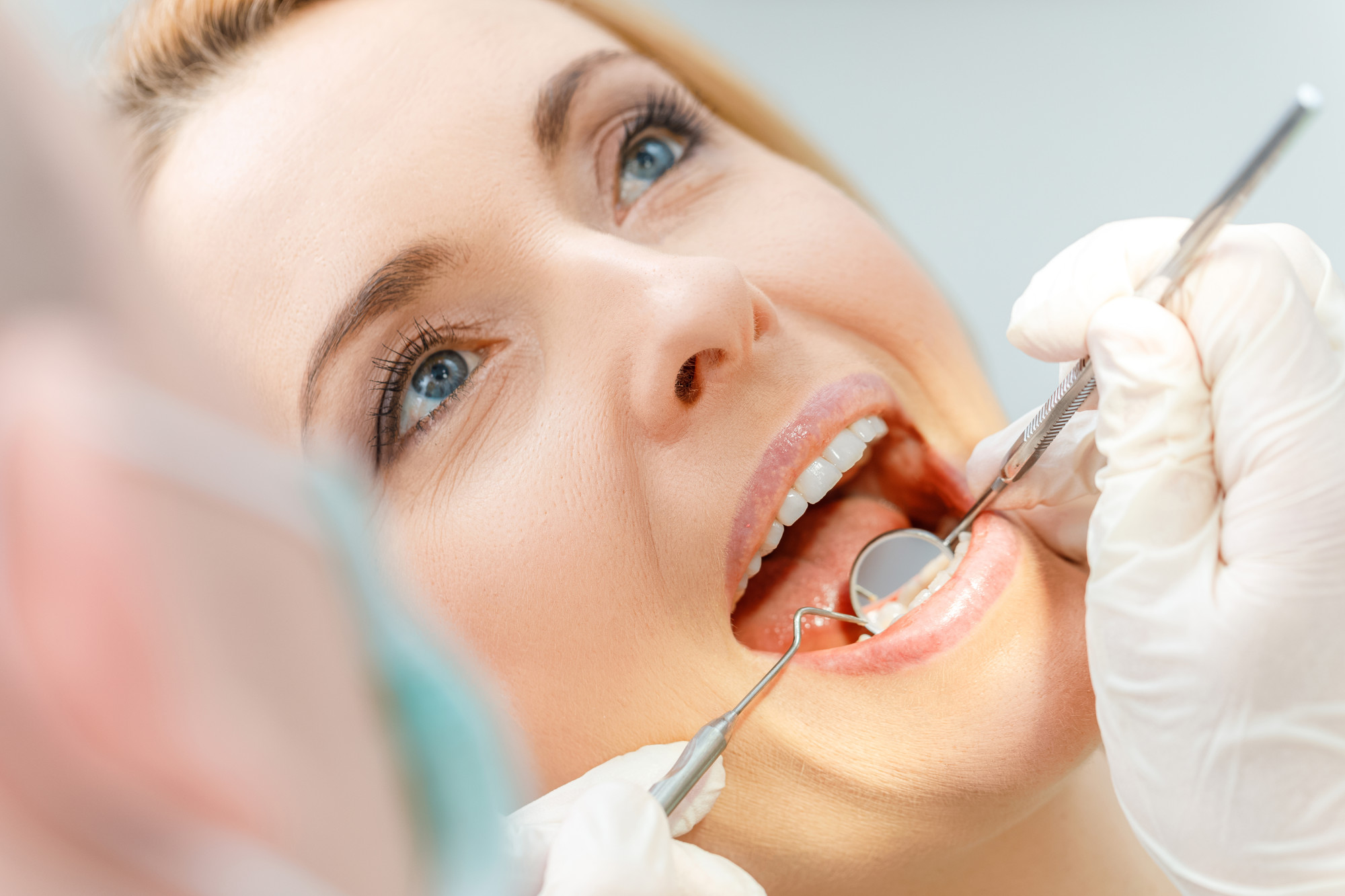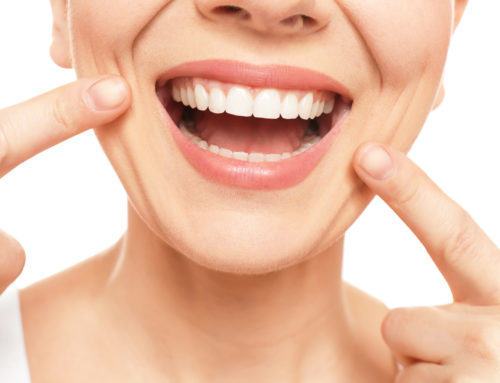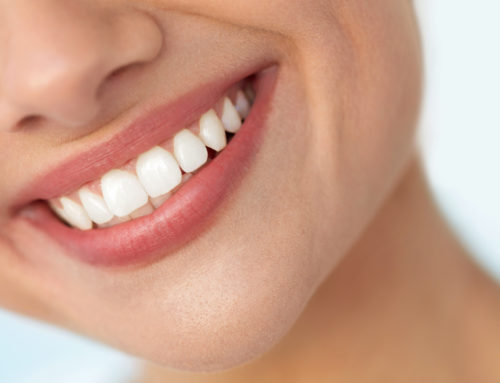It seems like there are two very distinct camps of people when it comes to dental visits. Some people don’t mind going to the dentist, some absolutely despise going.
Either way, the importance of regular dental visits doesn’t change whether you like them or not. We’re going to describe how visiting the dentist regularly can save you a lot of time, money, and agony.
Hopefully, you’ll have a fresh take on your check-ups after reading this article.
The Importance of Regular Dental Visits
Some people are put off by the pain (or perceived pain) of dental visits. The simple fact of having metal tools placed in one’s mouth can scare people off.
Even worse are the procedures that go along with fillings, crowns, and root canals. That’s what people think, at least.
Those who haven’t been to the dentist in a while might not be up-to-date on dental advancements and how they’ve improved the patient experience. Dental visits ten years ago are much different than they are now.
Additionally, any discomfort you may have felt in the past will seem like nothing compared to the potential consequences of missing your check-ups.
There are two essential parts to a routine check-up. We’ll describe both and discuss why they save you from pain and costly procedures.
The Initial Examination
The first piece of a check-up involves examining your teeth and gums for any sign of infection or disease.
As food gets lodged in between your teeth and gums, your body will do it’s best to break those particles down and dispose of them. In the process, though, plaque remains and stays in those areas if a person isn’t vigilant about brushing and flossing.
That plaque turns to tartar and creates an even unhealthier oral environment. In the process, your gums will suffer, bleed, create space from your teeth, and contribute to more serious issues like gum disease.
The entire process takes some time to lead to disease, though. If you’re going in for regular check-ups, your dentist will be able to identify signs of these issues before they become serious.
If that doesn’t sound too bad to you, consider the fact that there is a distinct link between gum and heart disease. Oral surgery is expensive, but heart surgery can set you back more than $300,000 dollars.
The Cleaning
After you get an oral examination, you’ll have the chance to get a cleaning.
There’s only so much that brushing and flossing every day can do for your oral health. Our mouths are full of hard-to-reach nooks and crannies, and those are the spots that bacteria love to find and claim.
This is especially true for the areas deep under the gum line and back behind the molars. The plaque that builds up there is not only dangerous for your oral health, but it can cause aesthetic damage as well.
Your teeth will begin to look more stained and your breath may become worse and worse. Have you ever brushed, used mouthwash, flossed, but still found that your breath smelled terrible? It’s probably the plaque that’s lingering in the deep parts of your mouth.
Remember, plaque and tartar are just hardened colonies of bacteria. Bacteria are the culprit behind your bad breath.
The “Scraping” Sound
The cleaning process is something that any dentist knows like the back of their hand. They’ll be careful, delicate, and effective at getting any harmful plaque or tartar out of your mouth.
The process starts with your dentist using a small mirror and a scalar (a pointed “scraper”) to identify plaque and tartar and handle it appropriately. When you hear the scraping sound, it isn’t something to be afraid of.
A lot of people worry that the sound means their teeth are being scraped into. This isn’t the case. The larger the colony of plaque, the stronger and firmer it is.
Tartar holds tight to your teeth and is relatively difficult to get off. The scraping sound you hear is simply the dentist digging away at the tartar, not your teeth. The more tartar, the more scraping.
If you dread the scraping process, be sure to floss and brush every day to avoid developing tartar.
The Professional Brushing
After your teeth are rid of those nasty bacterial colonies, your dentist will essentially just brush your teeth like you normally do.
Except, in this case, the toothpaste is grittier than the kind you use at home, and they use a high-powered brush to ensure that all bacteria are eliminated. This brushing will ensure that your teeth are entirely clean and rid of all lingering materials that would get in the way of the fluoride treatment.
Next, your dentist will floss and rinse your mouth.
Fluoride Treatment
The last part is the application of a fluoride solution to help protect your teeth from developing cavities until your next appointment. Sometimes, this means that the solution is placed into a foam mouthpiece for you to insert or painted onto your teeth with a little brush.
The Lasting Benefit
First, the value of these checkups lies in the fact that they protect you from the development of gum disease. Gum disease and other side-effects of decay can leave you in extreme agony.
Additionally, you’re saving the money you would otherwise spend on costly procedures and surgeries. It’s impossible to say just how much those would cost because there’s such a wide variety of oral disorders that come from neglecting your teeth.
Finally, your teeth will look and feel a lot better. Your teeth will remain whiter and be resistant to decay. Your breath will smell better and stay fresh over long periods of time.
Time for a Check-Up?
Hopefully, the value of regular dental visits is a little clearer now. There’s a lot to learn about good oral hygiene, and we’ve got the information you need.
Explore our site to find out more about making dental appointments and establishing healthy oral routines.





